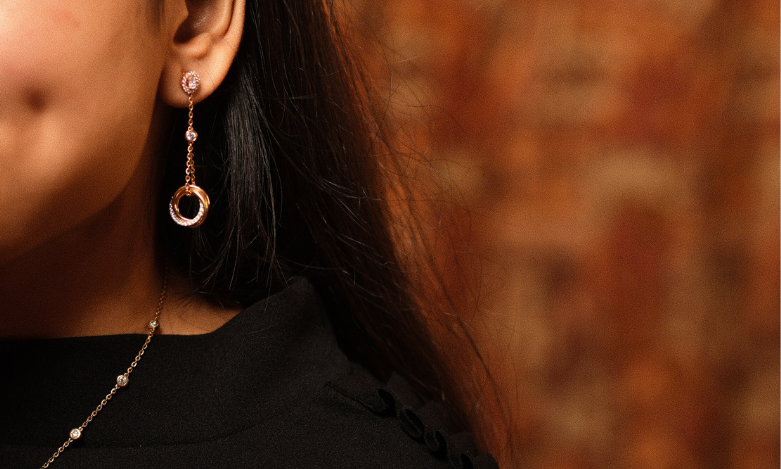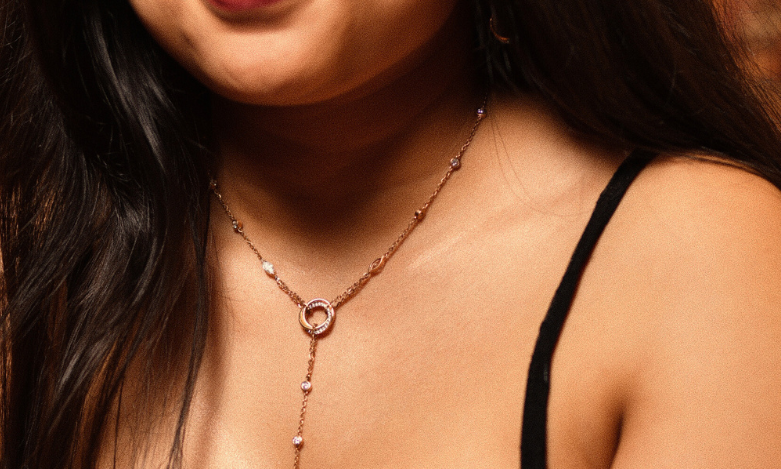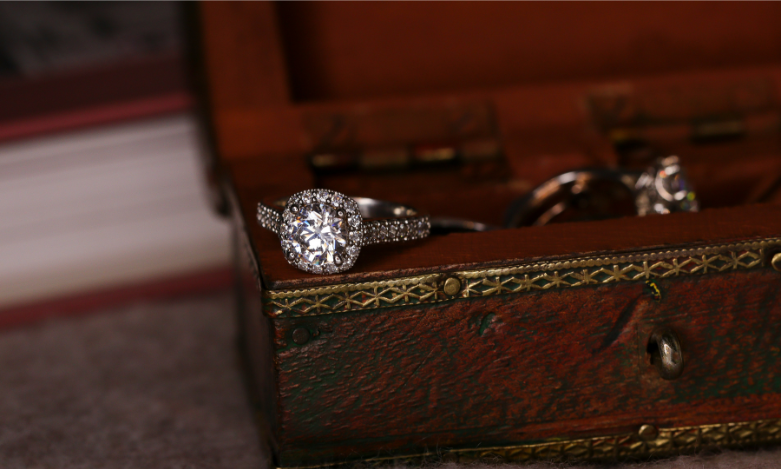Why Prefer Lab-Grown Diamond over Natural Diamond?

Diamonds have long been cherished for their brilliance and symbolism. Traditionally, natural diamonds have been the go-to choice for jewelry enthusiasts. However, with advancements in technology, lab-grown diamonds have emerged as a compelling alternative. Let’s explore why lab-grown diamonds are gaining popularity over their natural counterparts.
Understanding Lab-Grown Diamonds
Lab-grown diamonds, also known as synthetic or cultured diamonds, are created in controlled laboratory environments using advanced technological processes that replicate the natural conditions under which diamonds form in the Earth’s mantle. These diamonds possess the same physical, chemical, and optical properties as natural diamonds.
Cost-Effectiveness: More Sparkle for Your Spend
One of the most compelling reasons to choose lab-grown diamonds is their affordability. Typically, lab-grown diamonds cost about 60-80% less than mined diamonds of comparable size and quality. For instance, a 1-carat natural diamond ring might cost around ₹5 lakh, whereas a similar lab-grown diamond ring could be priced between ₹80,000 to ₹1 lakh. This significant price difference allows buyers to opt for larger or higher-quality stones within the same budget.
Environmental Considerations: A Greener Choice?
Lab-grown diamonds are often marketed as a more sustainable and environmentally friendly option compared to natural diamonds. They are produced without the extensive land excavation and ecosystem disruption associated with traditional diamond mining. However, it’s essential to note that the environmental impact of lab-grown diamonds depends on the energy sources used in their production. On average, producing one polished carat of lab-grown diamond releases approximately 511 kg of greenhouse gases. Therefore, while they may reduce certain environmental impacts, they are not entirely without ecological considerations.
Ethical Assurance: Conflict-Free Origins
The diamond industry has faced scrutiny over the years due to concerns about conflict diamonds, which are mined in war zones and sold to finance armed conflict. Lab-grown diamonds offer a transparent supply chain, ensuring consumers that their purchase is free from such ethical dilemmas. This peace of mind is invaluable for those who prioritize ethical sourcing in their buying decisions.
Quality and Aesthetics: Indistinguishable Beauty
Lab-grown diamonds are virtually indistinguishable from natural diamonds to the naked eye. They exhibit the same brilliance, fire, and scintillation. Advancements in technology have enabled the production of high-quality lab-grown diamonds that meet rigorous standards. For example, the Frosted Flutter Bracelet features 22 round-cut lab-grown diamonds totaling 0.30 carats, showcasing the exquisite craftsmanship achievable with lab-grown stones.
Investment Perspective: Depreciation Considerations
While lab-grown diamonds offer numerous advantages, it’s important to consider their resale value. Natural diamonds have historically appreciated in value by approximately 3% annually over the past 35 years. In contrast, the cost of lab-grown diamonds continues to decline due to mass production, which may impact their long-term investment potential. Therefore, buyers should view lab-grown diamonds primarily as a purchase for personal enjoyment rather than as a financial investment.
Conclusion: Making an Informed Choice
Choosing between lab-grown and natural diamonds ultimately depends on individual preferences, values, and priorities. Lab-grown diamonds offer affordability, ethical sourcing, and environmental benefits, making them an attractive option for many consumers. However, considerations about resale value and personal significance also play a role in the decision-making process. By understanding the distinctions between the two, buyers can make informed choices that align with their desires and values.
















